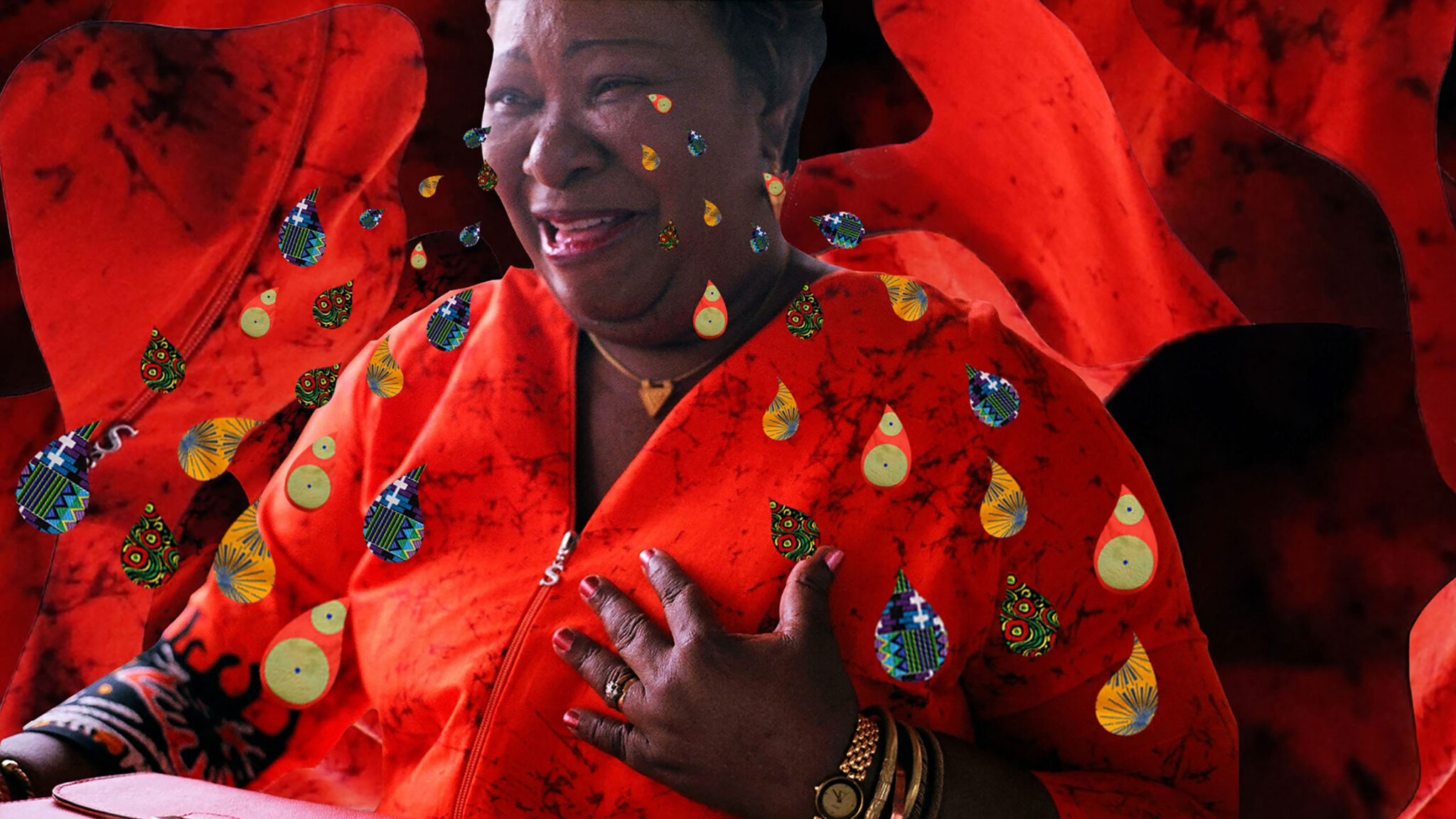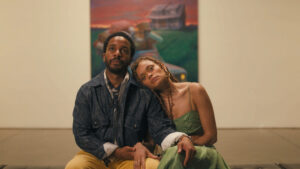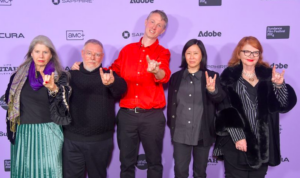A still from Tajana Tokyo’s “Salone Love,” which screened as part of Short Film Program 3 at the 2024 Sundance Film Festival.
By Lucy Spicer
One of the most exciting things about the Sundance Film Festival is having a front-row seat for the bright future of independent filmmaking. While we can learn a lot about the filmmakers from the 2024 Sundance Film Festival through the art that these storytellers share with us, there’s always more we can learn about them as people. This year, we decided to get to the bottom of those artistic wells with our ongoing series: Give Me the Backstory!
It’s no secret that we love short films at Sundance Institute. How can we help loving stories that have the power to move us, thrill us, delight us, and enlighten us in a matter of minutes? It’s also no secret that the Sundance Film Festival’s Short Film Program has long acted as a launching pad for exciting new voices in film, such as Taika Waititi, Dee Rees, Debra Granik, Shaka King, Wes Anderson, and many more.
We’re always ready to talk about shorts (and we’re still thinking about the new favorites we discovered among the seven diverse short film programs in the 2024 Sundance Film Festival lineup). As we continue to spotlight Black artists in honor of Black History Month, it’s the perfect time to get better acquainted with Black filmmakers whose short films screened at the 2024 Festival. Get some insight into what filmmaking means to these six storytellers, as well as what inspired their 2024 Festival shorts, which include three documentaries — a portrait of Sierra Leonean love, the profile of a Black queer emergency nurse and leather enthusiast, and a view of Black mothers navigating a broken child welfare system — to narratives about Black girlhood, environmental pollution, and dreams of a new life.
Keep reading to learn more about six of the talented Black creatives who brought their new work to the 2024 Sundance Film Festival Short Film Program.
What was the biggest inspiration behind this film?
Samuel Suffren (Dreams like paper boats): “All his life, my father dreamed of going to the United States. He even tried dangerously once on a boat. Dreams like paper boats is inspired by this story of my father.”
Yero Timi-Biu (Essex Girls): “My biggest inspiration was looking at what I wished I could see as a teen: Black British teenage girls on the cusp of adolescence and adulthood. There’s a sense of nostalgia and collective joy within the film — I, like the lead actor/writer (and character), am British Nigerian, so there’s a sense of familiarity when it comes to questioning what feels like home. Whether that’s where our mums are, community, feeling a sense of wholeness within our identity. In terms of films, I looked to coming-of-age independent films like Rocks and Girlhood, and more commercial films like The Hate U Give. I’m also inspired by British TV shows I grew up with, like Some Girls.”
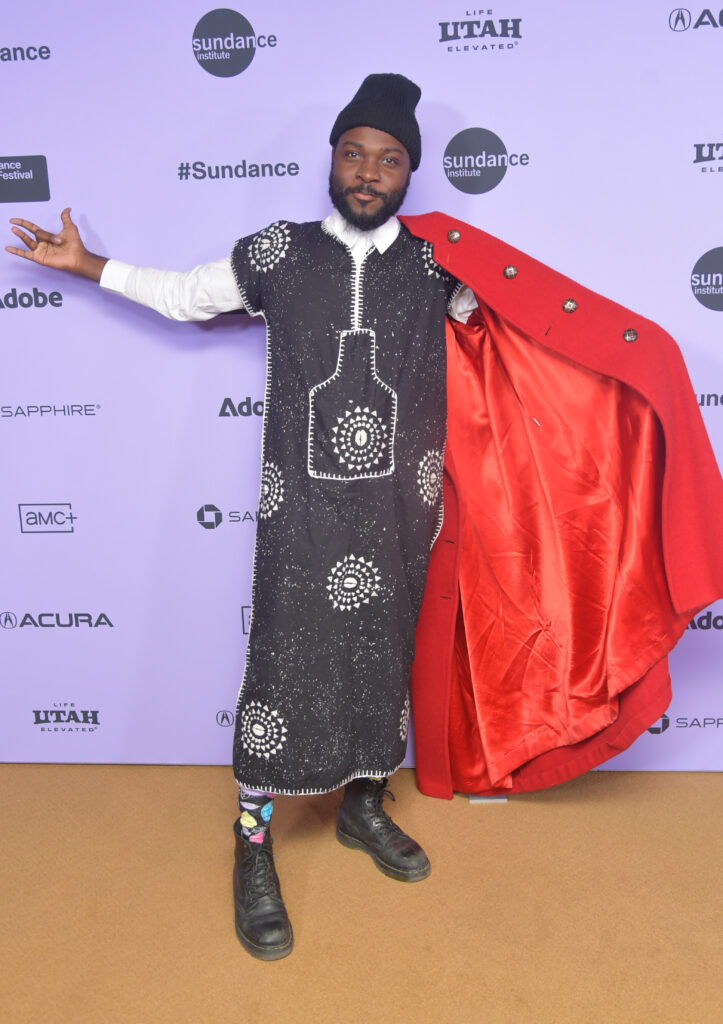
Sterling Hampton IV (Merman): “After surfing on Instagram’s Explore page for an hour, I stumbled upon this photograph of this man in a leotard. He looked like a superhero. I contacted him and suggested we make a short-form something about him and his life. I learned so much about an incredible human being and how we as people are multidimensional creatures.”
Tajana Tokyo (Salone Love): “Curiosity — I was curious about love, having been through my fair share of ups and downs. So my inspiration was simply curiosity to know more about it.”
Kantarama Gahigiri (Terra Mater): “I have been going to the Dandora dumpsite (where we filmed Terra Mater) since 2018, doing some research for a bigger project, asking myself: What are the ties between colonialism, environmental pollution, and climate justice?
The site is located in the city of Nairobi itself. It is a sprawling dumpsite, over 30 acres, in the heart of the Nairobi slums, right next to a primary school, many apartment buildings, a whole neighborhood. Lots of people are living in this neighborhood — children, adults working inside and outside of the dumpsite with all the problems and illnesses that it includes. I wanted to address that: not only the harm to the land, but also the harm to the people. Knowing that there are treaties between European countries who send their own trash to Kenya and to other countries in the Global South, I wanted to question that relationship.
The film slowly started to reveal itself through this questioning and a sentiment of revolt. Everyone you see in the film except the lead actress, Cheryl Isheja, lives in or around the dumpsite. I opened a space for their voices and went there often, working with the people from there.”
Myah Overstreet (To Be Invisible): “In addition to the incredible Black women in my life, I had two main sources of inspiration for this film: Time by Garrett Bradley and the song ‘To Be Invisible’ by Gladys Knight & The Pips.
When I saw Time for the first time, it completely altered the way I understood documentary filmmaking. Time is a film that breaks almost every convention of documentary filmmaking and pushes the boundaries of what the art form can look like. Bradley’s use of black and white, her meticulous and thoughtful approach to the story, and her ability to capture the complex character that is Fox Rich helped me find my voice as a Black woman filmmaker.
The title of my film comes from the 1974 soundtrack of Claudine, a romance-comedy film starring Diahann Carroll and James Earl Jones. I was introduced to Claudine when I was a child, watching it with my mother on the floor of her bedroom. So when it was time to start finding inspiration for the story I wanted to tell, I started with Claudine, and I particularly started with the soundtrack. All the great filmmakers were telling their young admirers to pay attention to the music, so I followed their instructions and looked to the music to help guide me. As I was listening to ‘To Be Invisible,’ the lyrics instantly resonated with me and the story I wanted to tell. The themes that Gladys Knight sings about directly relate to what my sources were (and still are) experiencing — being ignored, muted, and misunderstood. Feeling invisible is a recurring theme in Black womanhood, so I wanted to connect the two projects and pay homage to an earlier film that explored the same themes I was exploring.”
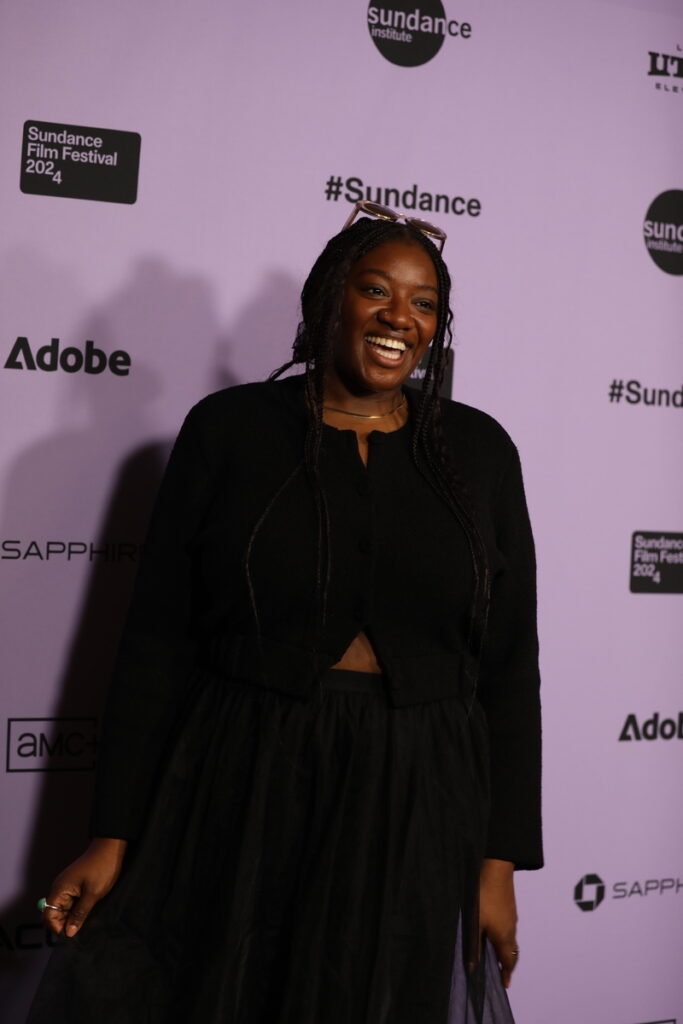
Describe who you want this film to reach.
Timi-Biu: “I want to say everyone, everywhere. But I’d love for the group of a dozen 13–16-year-olds I met on the train during a location scout for the film to watch this. None of them were white. They were from different schools, but this train journey to and from the various schools is the thing they had in common. The pandemic made them miss each other and this journey for two years, and all of a sudden they were older with different priorities. They were so funny and bright and asked to be extras in the film (sadly, they were underage). I remember sitting with them grinning thinking, ‘Ah yeah, this film is for you guys.’”
Hampton: “I want this film to reach young adults and senior-age folks who are at a crossroads of their life. This film can help others understand that it is OK to be yourself, and that the things that make you different are the things that make you beautiful — a theme that is timeless and a theme that is part of our journey participating in this thing we call life.”
Overstreet: “It’s not so much who I want the film to reach, it’s about the conversations I want people to have. You’d be surprised at the amount of people who have been directly impacted by this system. In addition to the advocates, activists, lawyers, social workers, teachers, community organizers, mothers, and families who are already talking about what they’ve seen, I want people who are looking from the outside in to be asking questions and speaking up about the injustices that go unseen by the public eye every day.”
Why does this story need to be told now?
Hampton: “The zeitgeist calls for this story to be told because it is a reflection of humanity. This story lends itself to the truth that we struggle with identity and acceptance of ourselves in a world that is quick to judge and denounce us for merely being different. It’s important that we allow people to live confidently without the fear of being treated wrongly.”
Gahigiri: “Scientists have been warning us for decades, but so have Native people from all around the planet. Our most important resource, the Earth, is getting poisoned and exploited at a rate never seen before. We should all be concerned, because this will affect our health and our survival on a global scale. We cannot extract a maximum of matter and send poison back indefinitely; at some point the cycle will break. And this will happen soon. The system must change, and we must change it!”
Overstreet: “Although the murder of George Floyd happened over three years ago, the world is still reckoning with the ugly truths of how Black people are policed. But when we talk about policing the Black body, rarely do we ever talk about how Black women and children are policed. The child welfare system, also known as the family policing system, has policed the Black woman and the Black family for decades. While people are aware that this entity exists, rarely do we ever question it. This project offers a critical analysis of the family policing system through real experiences of Black families. It is a story of redemption and love, and it needs to be elevated alongside other stories of injustices that happen in Black communities. Most importantly, it raises an essential question: What must a Black woman do to make up for her mistakes?”
How do you want people to feel after they see your film?
Suffren: “This is a complicated question. I don’t think you can ask or want people to feel something. Above all, I hope that the film can speak to them.”
Timi-Biu: “I’d hope people appreciate the subtleties of the film, a sense of understanding and warmth. I want them to feel good and potentially call a friend they haven’t spoken to in a while.”
Overstreet: “Many people that I’ve shared my film with come back to tell me that the film left them with tears in their eyes and completely speechless. But I want people to feel angry. I want people to feel empowered to speak up. I want people to unlearn the assumptions that live in our minds about poor families in America.”
Why is filmmaking important to you? Why is it important to the world?
Suffren: “I make films to recreate the narrative that is often made of us. I make films because I believe that many of our stories are not told by ourselves. I make films to recreate the world, my own world.”
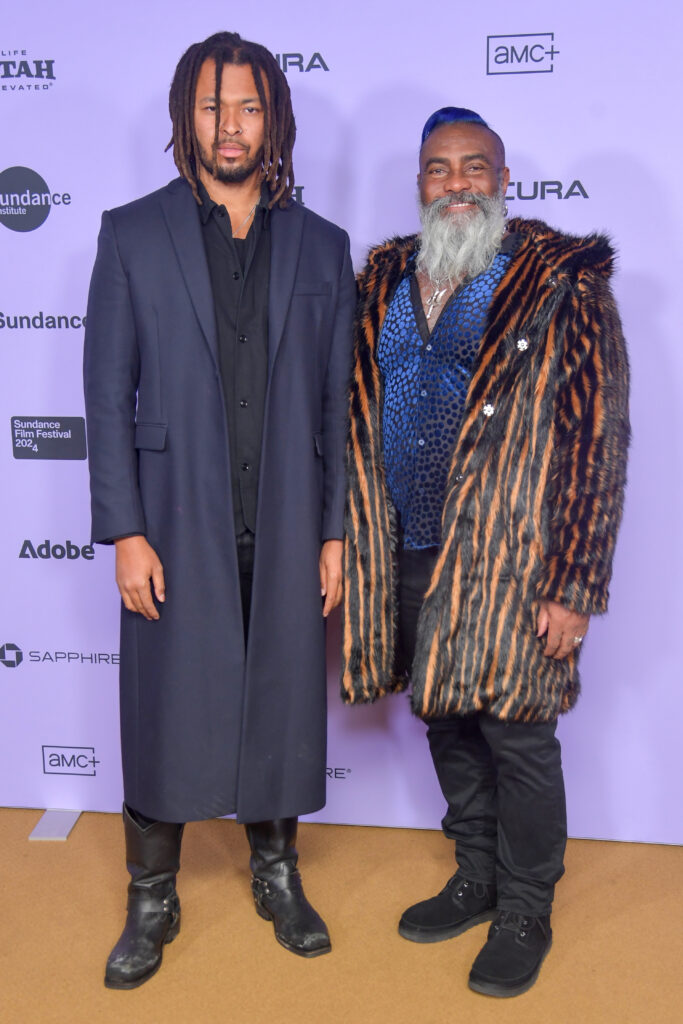
Hampton: “Filmmaking is important to me because it’s how we access this human experience. It’s a reflective view of this crazy, ever-evolving thing which is existence. It’s so very important to look at ourselves culturally to understand and then compare it to reality. Reality inspires art, but we can change reality through it for better or for worse. I choose to change reality via filmmaking for better.”
Tokyo: “Filmmaking is important to me as it’s my way of expression. I love every part of it — the planning, casting, and pre-production to shooting and editing. All of it is something I thoroughly enjoy and couldn’t see my life without. But it is important to the world as it’s a way for us to see things from another perspective — to teach us empathy or encourage dreams or imagination. It helps some of us escape or lift moods, it helps us reflect on life — it’s a form of art that deeply influences our day-to-day lives.”
What is something that all filmmakers should keep in mind in order to become better cinematic storytellers?
Suffren: “Constraints are opportunities, don’t stay stuck to what you have written, be open and receive the gifts of the universe.”
Timi-Biu: “I don’t know if I have the credentials to preach to all filmmakers, but I constantly remind myself that my instinct is valid, to trust my gut (the second brain) when it comes to deciphering the exact story I want to tell. And to remember it’s never really that deep. We put a lot of pressure on ourselves as filmmakers to do things at a certain pace, to write scripts quickly, garner accolades quickly. Relax!”
Tokyo: “To follow your gut but also be collaborative — we can’t do it alone.”
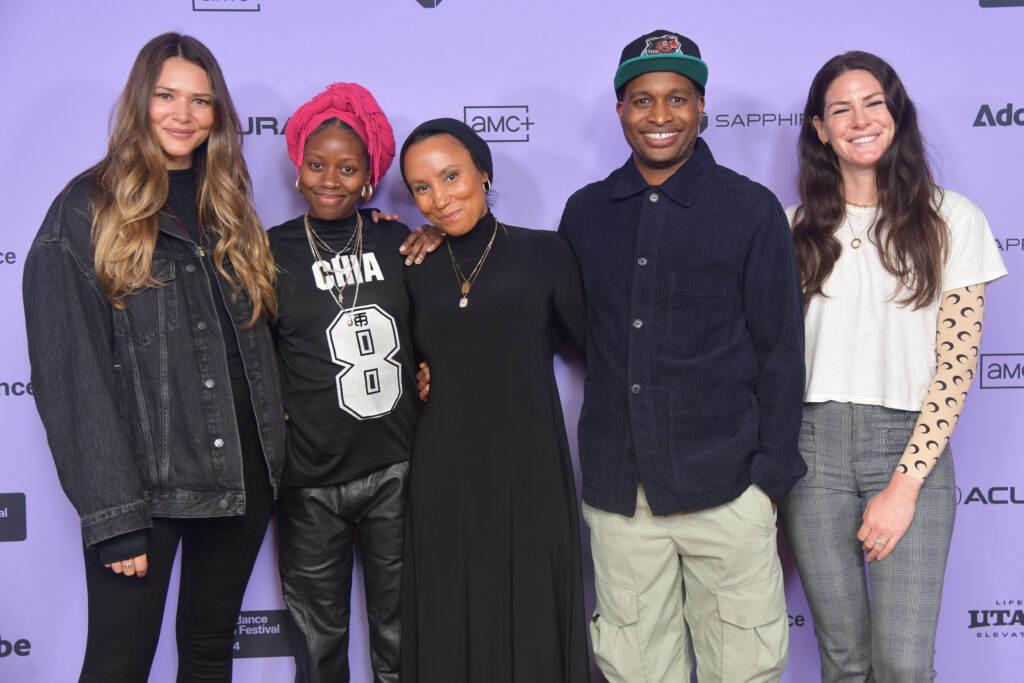
Films are lasting artistic legacies; what do you want yours to say?
Timi-Biu: “Most, if not all of my films explore loneliness and isolation, no matter the genre. I’d hope audiences were able to reflect on their own connections in everyday life. I’ve always joked that three of my films start with people crying up top and smiling at the end. Maybe I have a thing for hope.”
Hampton: “I want my film to say that people are multidimensional creatures. There are many sides to us. And by virtue of this, others can empathize with at least one part of our story. If this is in fact the case, then others should also be able to sympathize and connect with the things that make us different.”
Tokyo: “That I wasn’t afraid to play — to have fun with making film. That I wasn’t afraid to animate or use my scissors and glue to make something I felt was good. I wasn’t influenced by anything I saw, I just let my creativity take me. I’d like to continue making films for myself with this in mind.”
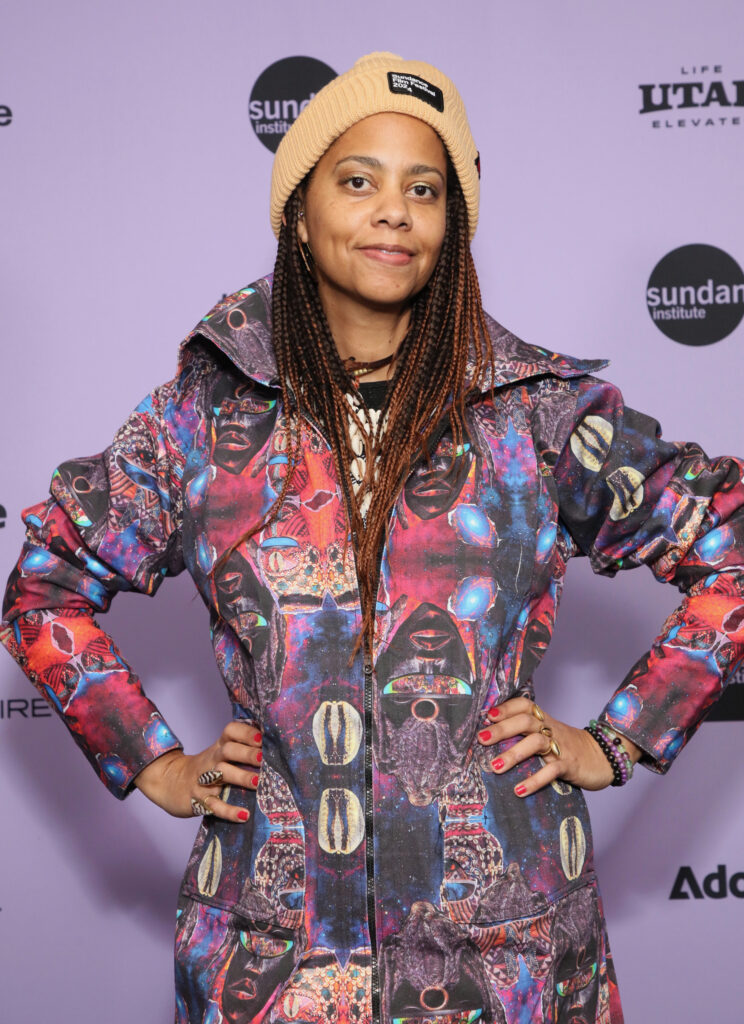
Gahigiri: “I am interested in exploring expressions of sovereignty, in elevating our culture, our heritage. African countries are diverse and rich in every sense of that term. How we tell our stories, how we film our countries, our people, is finally at the center, far from the external gaze. We should be elevating them. In the process, I am looking for my own identity, for my ancestry, for keys to walk into my future. And thus, I want Terra Mater and my next projects to reflect that, and to reach beyond our countries, to bring a message of urgency, a testimony of beauty and dignity, a spark of hope, an ignition for change.”
One thing people don’t know about me is _______.
Suffren: “I studied theology!”
Tokyo: “I have a lot of tattoos that literally don’t mean anything.”
Gahigiri: “I am learning about traditional medicine.”
Overstreet: “I worked at a cannabis dispensary in Berkeley, California, before applying to grad school.”
What was the last album you listened to?
Timi-Biu: “I’ve been struggling with insomnia, so the last album I listened to was New Blue Sun by André 3000.”
Hampton: “Something by The Doors probably. Or Yves Tumor.”
Gahigiri: “André 3000 – New Blue Sun, Gystère with Esperanza Spalding – Another Story, Coco Em – Kilumi”
Overstreet: “The last album I listened to was Acid Rap by Chance the Rapper.”
Tell us about your history with Sundance Institute. When was the first time you engaged with us? Why did you want your film to premiere with us?
Hampton: “I had the opportunity to screen my other short film (Kylie) at the 2023 Sundance Film Festival. Sundance is the most amazing film festival, and to be among the amazing talented filmmakers that have screened there is part of every filmmaker’s dream.”
Overstreet: “Technically, my first time at Sundance was when Homeroom by Peter Nicks premiered in 2021. I was his production assistant for the project, and I was thrilled just to have access to the screening … It makes me incredibly happy that three years later, I get to premiere my own film at the Sundance Film Festival in person.”
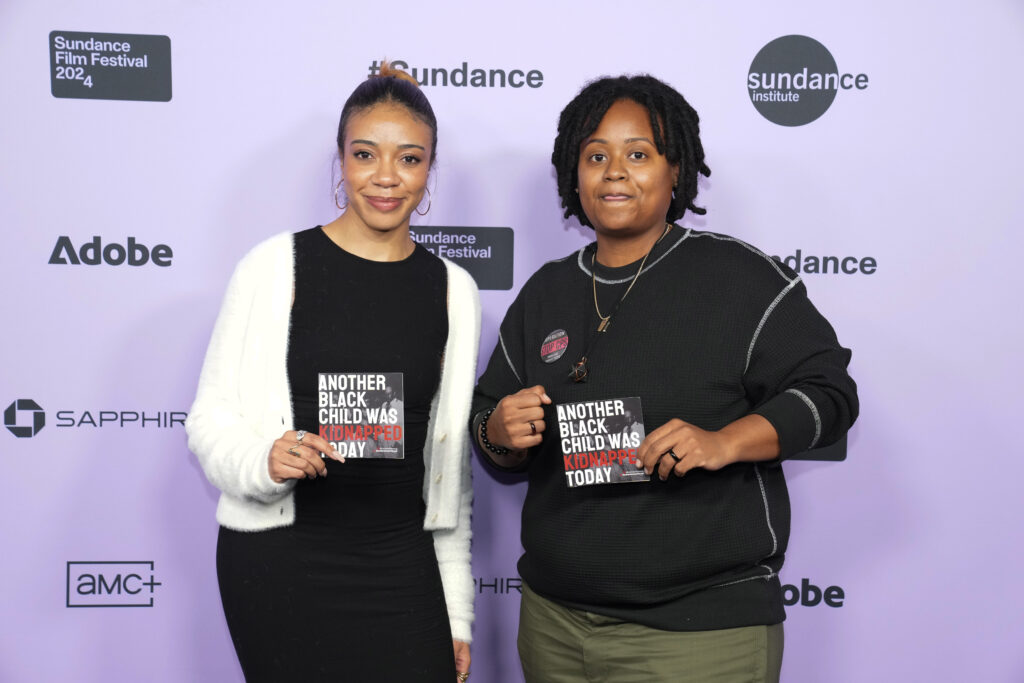
What’s your favorite film that has come from the Sundance Institute or Festival?
Timi-Biu: “Short Term 12”
Tokyo: “Hmmm favorite is hard — but first that comes to mind would be Whiplash :)”
Gahigiri: “Beasts of the Southern Wild; Faya Dayi; Moon; Mami Wata; This Is Not a Burial, It’s a Resurrection; Get Out … There are many more!”




